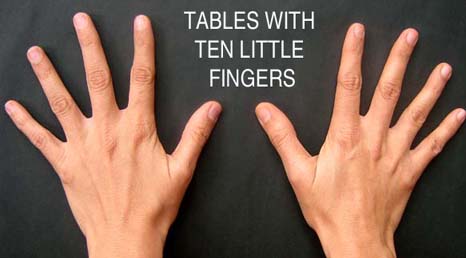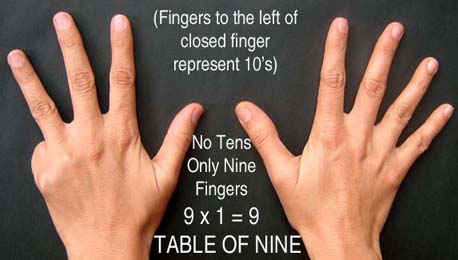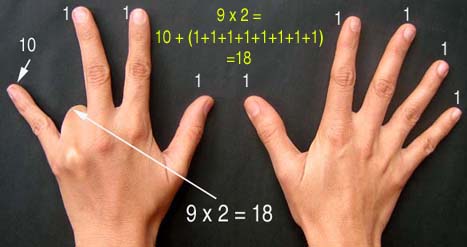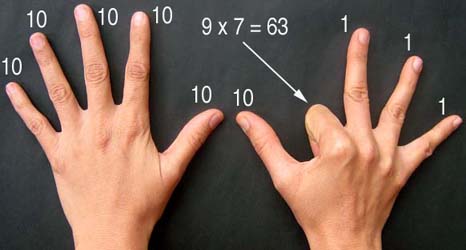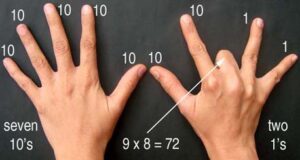~Sharat & Vasanth
Santiago is a young adventurous Andalusian Shepherd. He dreams of treasure frequently. With the advice of a gypsy woman, he decides to search for the treasure in Egypt. Initially, Santiago gets robbed and loses hope on his quest to find the treasure. But he makes up his mind and works hard to earn so that he can use that money to find his priceless treasure. When Santiago arrives in the desert, he realises that there is a common language spoken by all humans, animals, and objects. He talks to the sun and wind by listening to the things around and within himself – Universal Language. This language symbolises “The Soul of The World.” The novel’s portrayal of a universal language and The Soul of The World demonstrates its theme of communion.
Throughout the journey, Santiago feels every single thing on the way – people, places, and objects. The alchemist challenges Santiago to find a living thing in the desert, which puzzles Santiago in the beginning. Santiago realises that there is no need for advanced skills to do this. He feels grounded and connects with all things. His horse leads to a place where a snake lives. In this way, he realises that his quest has become a mutual task since the horse leads to the rocks on its own accord.
The alchemist does not fit into the mainframe of the story. He does not even actually teach Santiago how metals are processed and transformed into gold. Instead, he teaches Santiago to observe everything and bring essence to it. Santiago realises that every single thing around is not something to be ignored. Initially, Santiago didn’t feel connected to the world but later on when he visited the desert; he realised that every single thing on the planet is gold and he also thinks that one can see its purity only by feeling it. Santiago learns that studying the world will teach him everything one needs to know. He emphasises the fact that the world is a great teacher, and we can learn things by observing and feeling things. The novel portrays how your willpower unites the universal forces around you to help reach your destiny.





